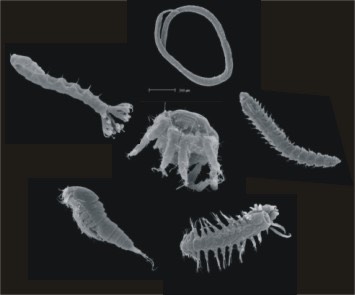This past week was filled with familiar places and faces, as I journeyed back home for a conference.
In my travels I also began my new project for the Wild Rivers Coast Alliance, on the Rural Tourism Studio (RTS). The Rural Tourism Studio is this neat program created by Travel Oregon to promote sustainable development in rural Oregon through tourism. RTS is essentially a series of workshops facilitated by a Travel Oregon Consultant, along with a steering committee of community members from that region. The region I’m working with is called “The Wild Rivers Coast”, which extends from Bandon, south until the California Border (Brookings, Oregon), getting it’s name from the plethora of rivers in the region that run into the sea. Once the region has been selected to be a part of RTS, a committee is formed to help determine exactly what each workshop will cover, specific to the region, to help get the most out of the sessions. There are then about 8 workshops, where any community member is invited to attend – restaurant owners, entrepreneurs, farmers, conservationists, and anyone is interested in learning how to best attract visitors to the region, or has a stake in the process. The RTS for the Wild Rivers Coast took place from October 2013 to January 2014, so I’ll be researching and compiling a summary about what took place in the workshops, and any progress that has been made since. I’ll then be able to give this information to the new tourism professor at OSU to help with the program and curriculum.
Pictured: Some beautiful wildflowers spotted at the Hatfield Marine Science Center.
On the eventful side of things, it was refreshing to be back home in familiar territory, and all flights and travel went smoothly. It was also really great to drive my car again – I’m loving my sustainable low-carbon-footprint in Oregon, but it was nice to have a set of keys too. In Missouri I was able to see my much missed family, and drive down to my college town to see some great friends as well. Below is a picture of a hike I took while back home, at the Lake of the Ozarks.
My mandatory scholarship workshop was for the Hagan Scholarship Foundation – an incredible scholarship that you should definitely look up if you’re a senior high school student from the rural Midwest (a niche group, yet still…) Part of the requirements is the workshop every summer, where Mr. Dan Hagan teaches about financial security and investing. He made quite a bit of his money by investing in stocks – but not the quick and risky buy low, watch the market, sell in a couple weeks and hopefully not lose any money type of investing. He “Market Value” invests, where you research the best, most stable companies that are likely to continue growing for 20+ years. You invest a bit, and then you let “the magic of compound interest” and “the rule of 72” create your retirement funds for you. We’re given a Schwab account, and so far just about every scholar has been successful. I’d love to talk to anyone interested about what I’ve learned so far, because I’m so grateful for the opportunity to invest and learn, and when you get out of the financial jargon, investing is actually pretty fun and interesting.
Pictured: The return flight and incredible clouds.
But not nearly as interesting as sustainable development. Looking forward to getting back to the South Coast and continue learning about RTS and eco-tourism. Thanks for reading!










